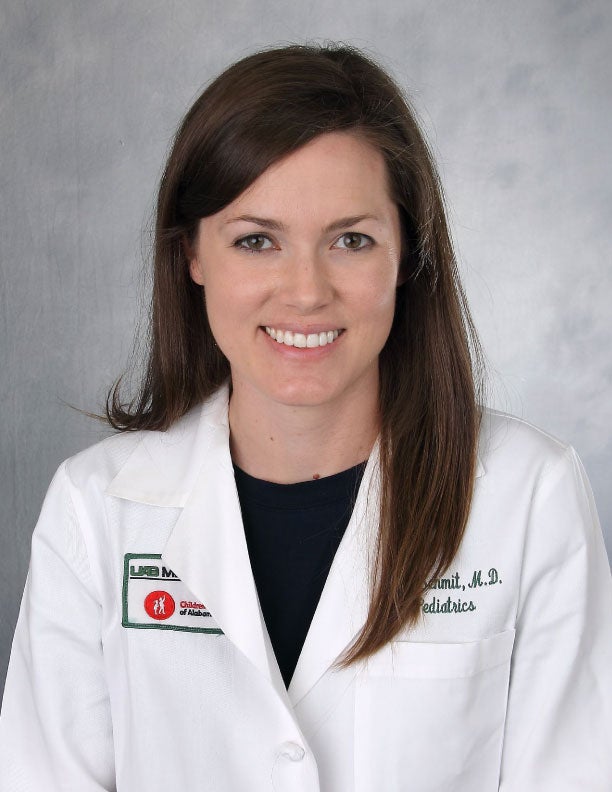Safe Sleep for Infants
Every year in the U.S., about 3500 infants die from sleep-related deaths.
These include Sudden Infant Death Syndrome (SIDS), suffocation, and strangulation. Deaths due to unsafe sleep environments are one of the leading causes of death in young babies. Alabama has one of the highest rates of infant sleep-related deaths in the country. You can reduce this risk by following guidelines for a safe sleep environment. For all babies under 12 months of age, they should always sleep ALONE (never with another person), on their BACK and on a flat surface, and in a CRIB or portable crib or bassinet (never on an adult bed, couch, armchair, etc.). The crib should be empty, just a mattress, fitted sheet, and the baby—no bumpers, pillows, loose blankets, or stuffed animals. The resources below provide more tips on how to create a safe sleep environment for your baby for each and every sleep session.
The ABCs of Safe Sleep
Sudden Infant Death Syndrome, or SIDS, is one of the biggest concerns for caretakers of infants. But if you think “A-B-C,” then you can remember how to keep your child safe.

|
|











